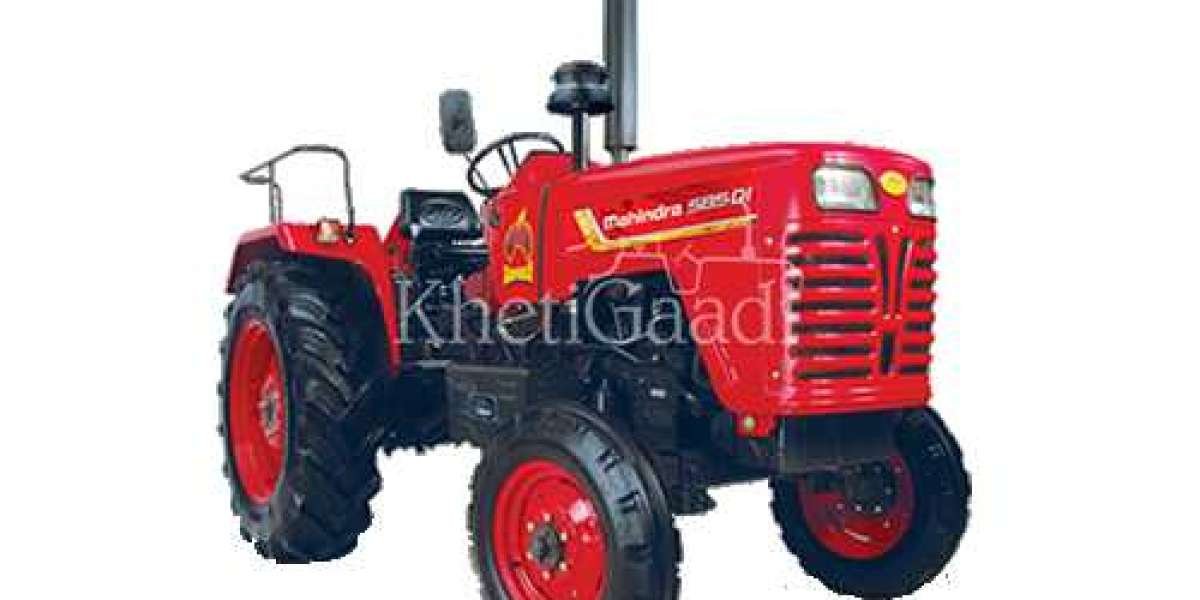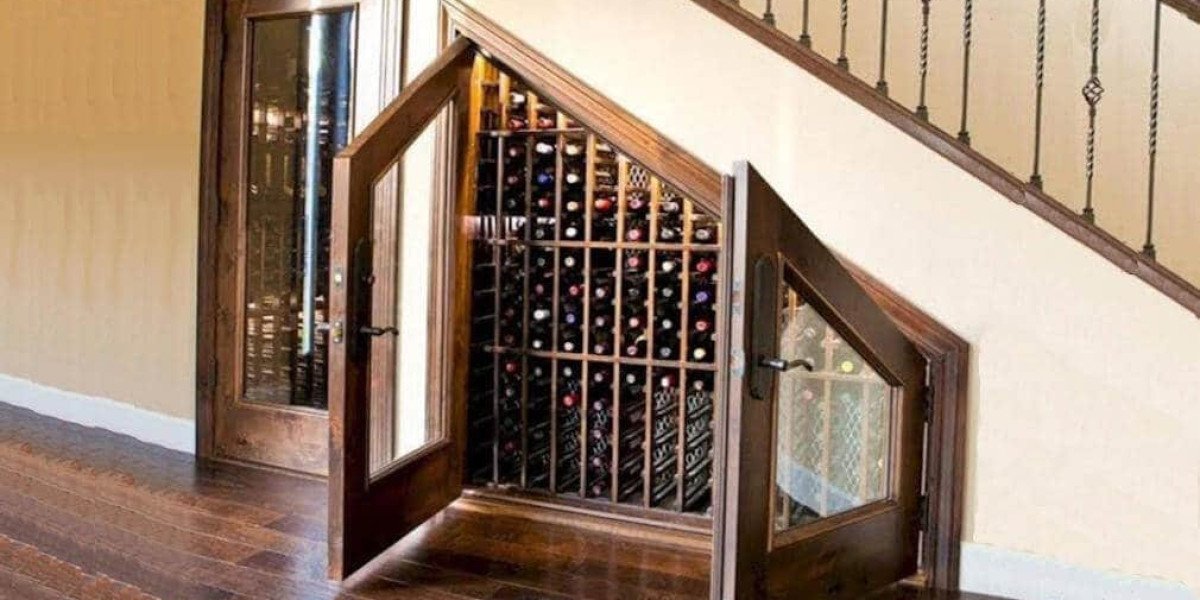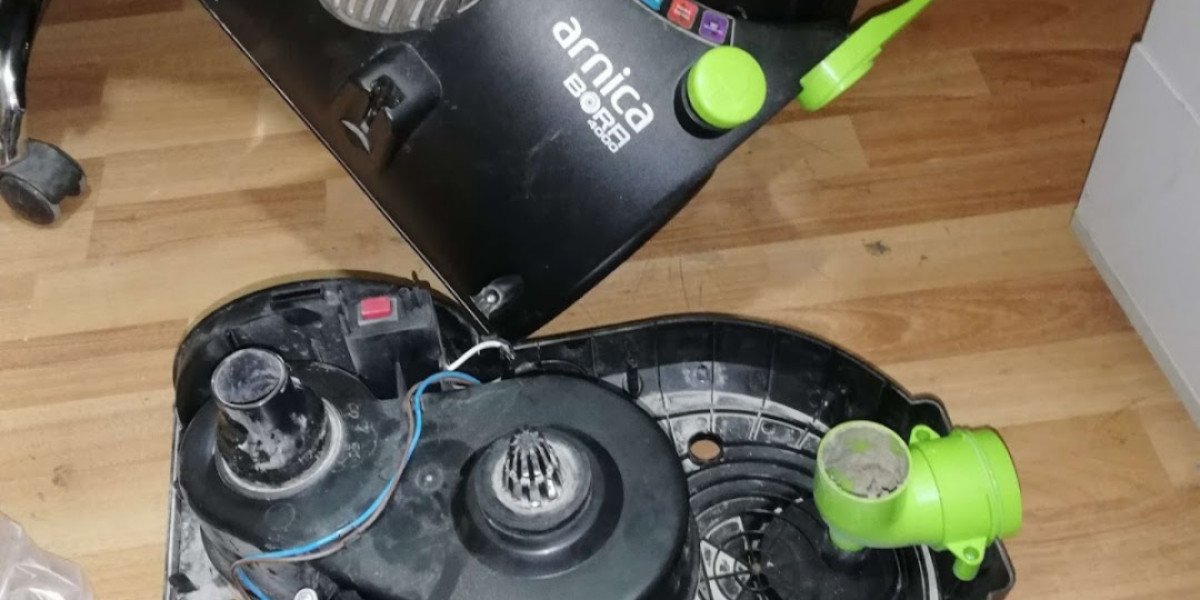yarn count
Yarn count is a physical index to evaluate the thickness of yarn. Its full name is metric count. Its concept is the number of meters of length per gram of fiber or yarn at a given moisture regain.
For example: Simply put, it is how many yarns there are in each thread woven into the fabric of this garment. The higher the count, the denser the clothes, and the better the texture, soft and firm. Also can't say "how many yarns there are", referring to the density!
The difference between 40 cotton 50 60 cotton, what is the difference between combing and carding of knitted fabrics, how to distinguish?
Our commonly used pure cotton yarns are mainly combed and carded. The combed yarn contains less impurities, less short fibers, more thorough separation of single fibers, and better straightening balance of fibers. Carded yarns are mainly yarns spun after refining long-staple cotton and cotton-blend yarns.
Generally speaking, the content of long-staple cotton in combed yarn is basically between 30~40%. If you want higher grades, you must specify the content of long-staple cotton in the yarn, generally 70~100%. The content and price will vary greatly. If the customer has no special requirements, the use of 30~40% long-staple cotton will be determined separately.
Usually 50 yarn counts, 60 yarn counts generally use 30~40% long-staple cotton, and the content of long-staple cotton above 70 yarn counts is generally between 80~100%. Carded yarns are mostly used for low-grade grey fabrics, mainly for 30 With 40 yarn counts, these varieties have a great price compared to 50S/60S. After the fabric is processed and dyed, it is easy to distinguish whether it is combed or carded cotton yarn. We can see from the surface of the fabric, the surface is smooth, without too much hairiness, and it feels very delicate.
What is the difference between 45 cotton and 50 cotton for pure cotton shirts
There are several factors in judging whether a shirt is good or bad
1. Fabrics: The prices of fabrics from low to high are mainly polyester, cotton, linen and silk. The mainstream in the market is all cotton, which is comfortable to wear and easy to care for.
2. Count: The higher the count, the finer the yarn and the more expensive the price. In the past, 40 counts were considered high-count yarns, but now 100 counts are very common, so the difference between 45 counts and 50 counts is not big. Not good.
3. The number of strands: The number of strands is the number of yarns that the shirt fabric is woven from. There are single strands and double strands. The double strands feel better, more delicate and expensive.
The brand, craftsmanship and design also affect the shirts. Generally, cotton shirts are about 80 yuan, and the high ones are 100~200 yuan. The better shirts contain silk and hemp, which are more expensive.
Which is better, 40 or 60 cotton, and which is thicker?
40 yarns are thick, so the woven cotton is thicker, and 60 yarns are finer, so the woven cotton is thinner.
Why is there such a big difference in the price of "pure cotton" clothing? How to identify the quality?
The first is quality differences. Cotton fabrics, like other fabrics, are distinguished by their fiber quality. Specifically, it is distinguished by the count of cotton fibers. Fabric count refers to the number of yarns in one square inch of fabric. It is called English branch, abbreviated as S. Count is a measure of the thickness of yarn. The higher the count, the softer and stronger the fabric, and the thinner the fabric, the better the quality of the fabric. The higher the yarn count, the higher the quality of the raw material (cotton). The technical requirements for the spinning mill can also be imagined. Generally, small mills cannot weave, so the cost is higher. Fabric counts are low/medium/high. Combed cotton generally has 21 counts, 32 counts, 40 counts, 50 counts, and 60 counts. The higher the count, the denser, softer and firmer the cotton.
The second is the difference between brands. Different brands have different gold content, which is the difference between the so-called famous brand and the popular brand.
The relationship between the thickness of cotton and the number of weave?
Simply put, if there is 1 tael of cotton, you pull it into a 30-meter-long cotton yarn, and the count of the cloth woven with such cotton yarn is 30; pull it into a 40-meter-long cotton yarn, and weave it with such cotton yarn The count of the finished cloth is 40; pull it into a 60-meter-long cotton yarn, and the count of the cloth woven with such cotton yarn is 60; pull it into an 80-meter-long cotton yarn, and weave it with such cotton yarn The count of the finished cloth is 80; and so on. The higher the cotton count, the thinner, softer and more comfortable the woven cotton will be. The higher the yarn count, the higher the cotton quality requirements, the higher the equipment and technology requirements of the spinning mill, and the higher the cost.
What is the difference between 40 yarns of cotton, 60 yarns and 90 yarns? Which one is better.
The higher the weave, the better! The higher the weave, the denser, softer, and firmer the cotton is. As for distinguishing the number of yarns, it is recommended to use two methods of "watching" and "touching". The former method is to put a single layer of cotton cloth on the hand, and see through it after lighting it with light. outlines are faintly visible. As for distinguishing by touch, it is to actually feel whether the texture of the cotton is soft and firm. Best answer 2: 40-count yarn is thicker than 60-count yarn. The larger the yarn count, the smaller the yarn (diameter), and the smaller the 90-count yarn. If the cotton cloth needs a certain thickness, 20-count yarn can be selected.
What does 60 counts of cotton mean?
Combed cotton generally has 21 counts, 32 counts, 40 counts, 50 counts, and 60 counts. The higher the count, the denser, softer and firmer the cotton.
What do 21 threads, 30 threads and 40 threads of cotton cloth mean?
Refers to the length of each gram of yarn, that is, the higher the count, the finer the yarn, the better the uniformity, and vice versa, the lower the count, the thicker the yarn. The yarn count is marked "S". More than 30S is called high-count yarn, (20-30) is medium-count, and below 20 is low-count. 40 yarns are the thinnest, and the cloth woven is the thinnest. 21 yarns are the thickest, and the cloth woven is the thickest.
More yarn cotton visit coopertailor for more.








